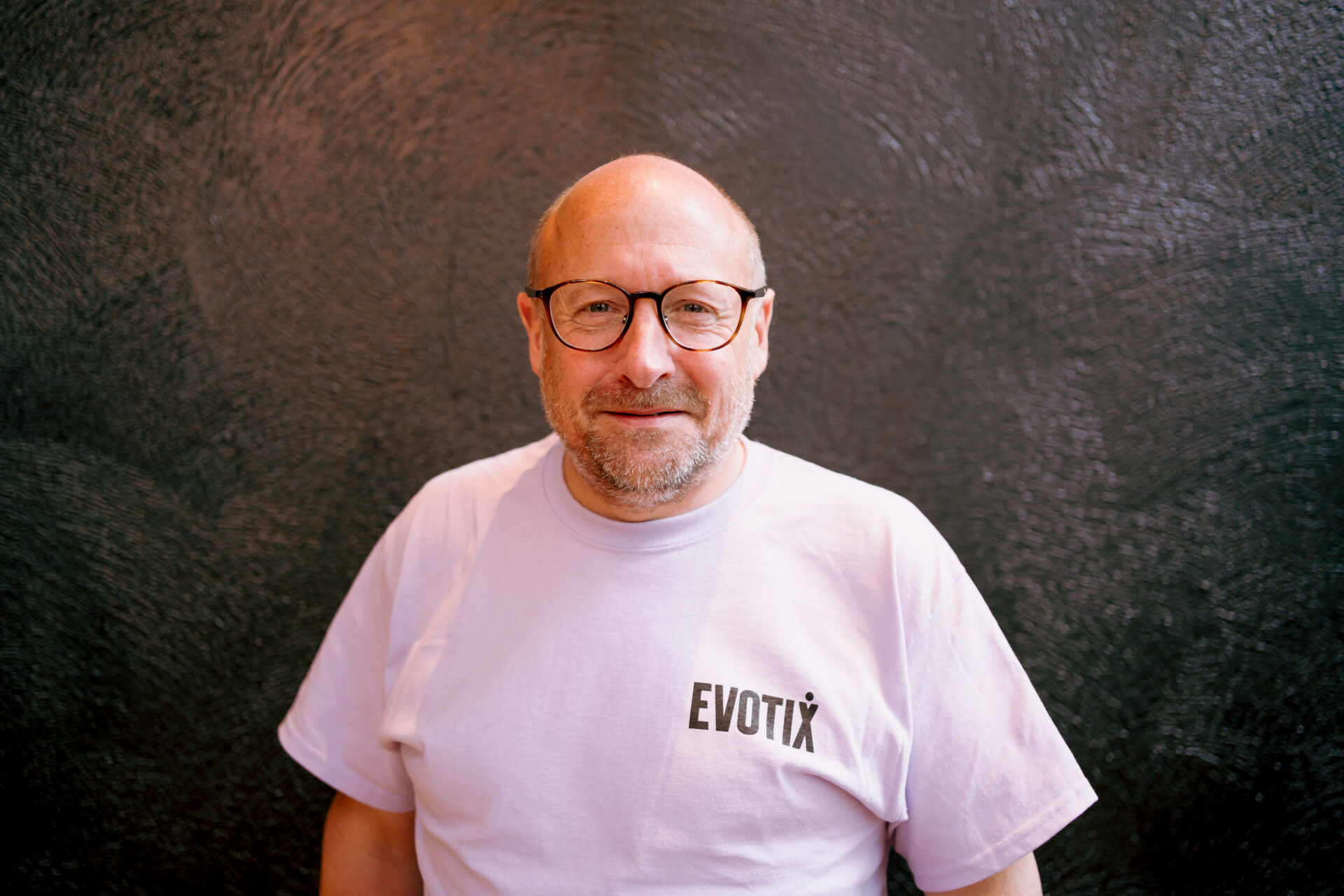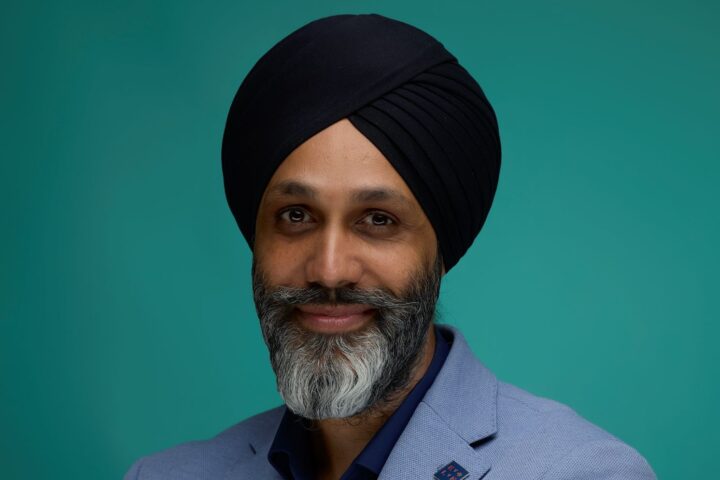The Workplace Journal interviews Julian Taylor (pictured), director of coaching of Evotix, about balancing performance pressures with psychological safety in today’s work environment.
In today’s fast-paced and uncertain work environment, how can organisations balance performance pressures with the need for psychological safety?
The traits and culture of an organisation are driven by its leadership, as it builds pressure to hit certain metrics and numbers, psychological safety within the workplace often takes a back seat. For instance, if a manufacturing company’s output numbers are all that is prioritised, this can signal a significant lack of focus on safety, resulting in an organisation-wide culture where workers do not feel safe or motivated.
Balancing performance pressures and psychological safety, it is imperative to build a people-focused culture, so that they feel more motivated and secure in the workplace. This increases employee retention within a company, which in turn leads to productivity.
As director of coaching, my approach is to create an environment where people feel
nurtured and perform better as a result of it.
As leaders and managers become more aware of the importance of psychological safety, what do you believe are the most common missteps?
Creating a psychologically safe workplace is like running a marathon, which feels incredibly daunting at first. However, it begins with coaching your leadership to use certain language, as it drives behaviour within an organisation.
If the leadership is merely focused on performance numbers and metrics, that will have a trickle-down effect on the chain of command, as behavioural patterns cascade from one management level to the
next.
If the leadership stresses the importance of safe operations and logistics, it has a domino effect and becomes a crucial part of the day-to-day operations of the company.
While it is imperative to hit the performance measures, the subtle change in communication styles will drive improved, psychologically safe behaviours.
I often mention ‘visibly felt’ leadership, a leadership style which focuses on being present and communicating with employees.
Citing an example of a C-suite executive coming into the workplace: the executive is posed with two options, either to directly enter the meeting room or invest a few minutes to interact with the employees to ask them how their day is going. This builds a rapport with the employees, leaving an impression that the senior leadership cares about their wellbeing, which establishes trust within the employees. It is often such simple things that drive changes.
For leaders who might not naturally prioritise these softer skills, how do you suggest they develop the self-awareness and behaviours necessary to lead in this way?
The old stereotype of leadership — the notion of being an authoritative figure, having all the answers and driving everything forward needs to be forgotten. The first thing I do to coach leaders is to embrace imperfections. But the willingness to learn, to listen and to adapt is absolutely key.
I always advocate for leaders to undergo coaching themselves, as it gives them the opportunity to self-reflect, understand their own biases and recognise behaviours impacting others. Leaders are often oblivious to the impact of their words and actions.
Another suggestion would be to seek upward feedback from people working below themselves, as it can be incredibly valuable. In nurturing a culture where people feel safe to admit their mistakes, it is necessary to model such behaviour to know vulnerability.
Psychological safety must be woven into the fabric of your leadership style, bringing it to every meeting, every interaction and every decision. These intentional steps over time will embed into the culture of an organisation.
It’s those small ripples that eventually create waves. The more leaders understand their actions, no matter how small, the more intentional they can be about creating the kind of culture they want to see.
Leadership is about people first and foremost. If you take care of your people, they will ensure to take care of everything else.
The numbers, the metrics, the performance – it all comes as a result of having motivated,
engaged and supported people.
What role does communication play in maintaining psychological safety within the team and how do you ensure that the communication channels remain open?
Communication is key to psychological safety, especially with remote teams. For example, in our organisation, we make sure to build time during meetings for informal conversations. This gives people an opportunity to speak up, not just about work, but also to talk about their personal lives or ask questions in a relaxed environment.
I also make sure that senior leaders check in with employees—sometimes it’s as simple as saying goodbye at the end of a meeting or asking how their day was. These small but consistent actions help maintain open communication and make employees feel valued.
How do you envision the future of remote or hybrid teams, especially when it comes
to maintaining engagement, psychological safety, as well as professional development?
I think remote work can be very effective if you have a strong foundation of trust. However, I believe it’s important to have some in-person elements as well. For example, we have an annual kickoff event where we bring everyone together to build that team spirit and strengthen connections.
On top of that, I encourage regular one-on-ones between employees and managers to ensure that both engagement and psychological safety are maintained.
When it comes to professional development, I think it’s important to offer a variety of learning opportunities to cater to different learning styles. Flexibility and adaptability are key to balancing remote work, team engagement and development.
How can companies ensure that Gen Z, in particular, is included, valued, and psychologically safe in all aspects of the workplace?
I believe the onboarding process is especially important for Gen Z employees. It’s essential to make sure they understand the company culture and values right from the start.
In our company, we make sure to actively promote diversity and inclusivity, both internally and externally. For instance, we showcase our values on LinkedIn to let everyone know that we take them seriously.
I also think it’s important to give Gen Z employees early opportunities to work on meaningful projects, which helps them feel valued.
In my organisation, Gen Z employees are given the chance to collaborate with senior leadership, which is a great way to help them feel part of the team and grow professionally.
AI and automation are reshaping a lot of industries. How can companies ensure that these advancements don’t harm the psychological safety of their staff?
Communication is key to identifying and demonstrating how AI can make things easier for them. I reflect on our world, where we look at all the elements of how we could incorporate AI into a health and safety management system.
For people in the health and safety world, they don’t want to be sitting behind desks, crunching numbers or filling out forms. They want to be on the shop floor, networking, coaching people and adding a personal touch that AI can never replicate.
A strong communication strategy, involvement in decision-making and demonstrating the practical benefits of AI can alleviate fears and enhance worker roles, enabling employees to feel safe about the integration of AI in their workplace.
How does a lack of psychological safety contribute to disengagement, such as in the case of the quiet quitting phenomenon, and what steps can organisations take to prevent it?
Psychological safety is directly tied to engagement. If you create an environment where people feel safe and valued, they’ll stay longer.
On the other hand, when people feel unsafe or undervalued, it results in more disengagement, what is now being called as quiet quitting. But the concept isn’t new.
The key for an engaged workforce is to create a workplace where people feel empowered and comfortable sharing ideas and suggesting improvements.
So, psychological safety isn’t just a buzzword to me – it’s a real and critical piece of the puzzle for building successful organisations. If you get it right, your workforce will not only stop unsafe practices but will actively contribute ideas, improvements and innovation. It’s transformative.
In the end, if people feel safe and comfortable in their workplace, you’ll have a better, more effective organisation. That’s the kind of workplace we should all aim to create.

















